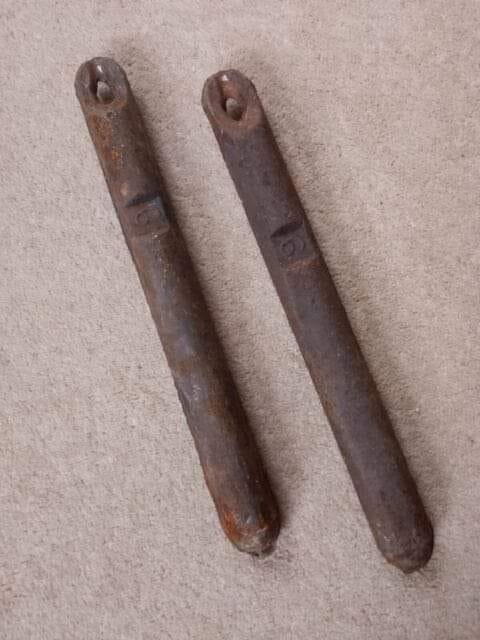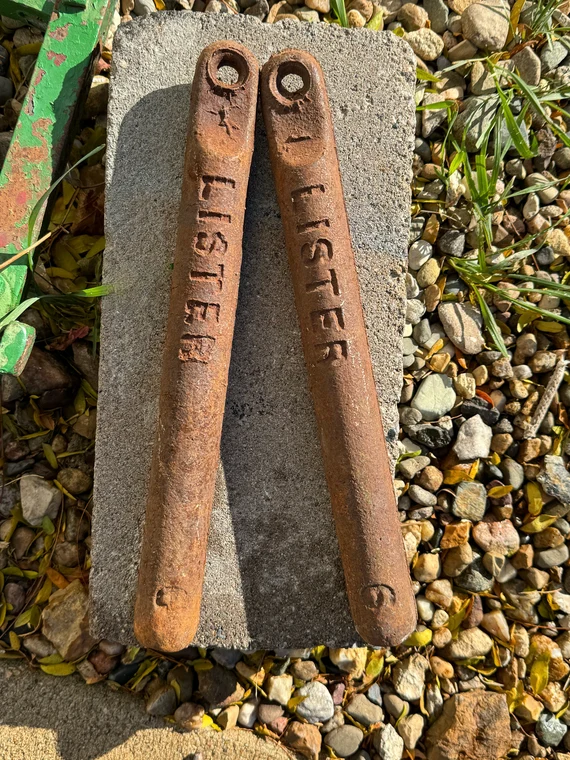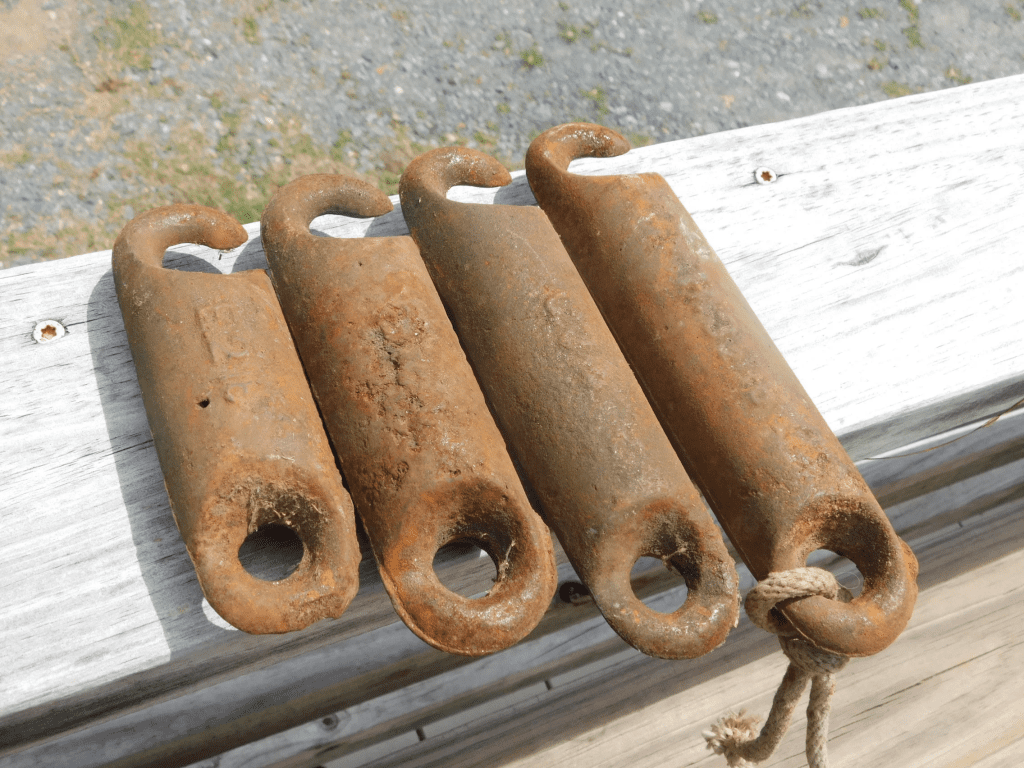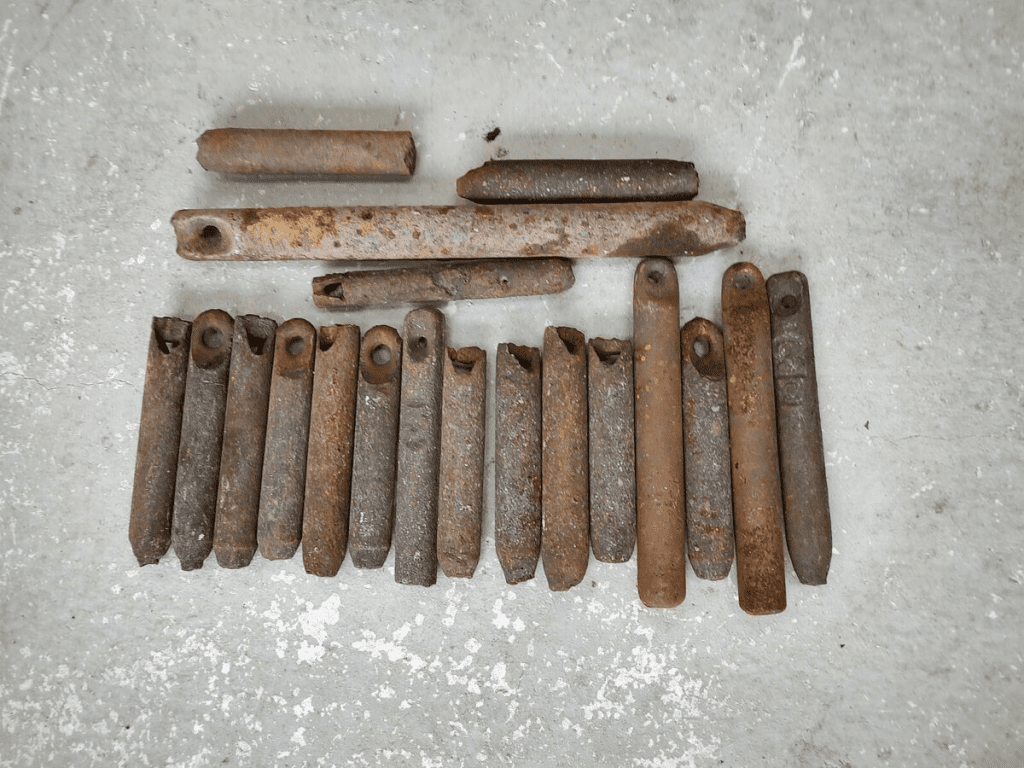Have you ever stumbled upon a heavy, rusted piece of iron in an old house and wondered what it was? If you’re familiar with antique vintage window sash weights cast iron, chances are you’ve got a few years under your belt! These hidden relics were essential for old sash windows, which dominated homes for centuries. Let’s take a deep dive into the overlooked history of these cast-iron window sash weights and the evolution of sash windows.
The Invention and Rise of Sash Windows

Sash windows, also known as hung sash windows or box sash windows, first appeared in Europe around the 17th century. While the exact origins remain debated, the oldest surviving sash windows can be found in Ham House, just outside London, suggesting a strong link to British architectural innovation. Some historians believe that Robert Hooke, a renowned inventor, had a hand in their creation, while others argue they may have Dutch origins.
The popularity of sash windows soared during the Georgian era (1740-1830). These windows featured symmetrical designs, with “six panes over six panes” becoming the hallmark of Georgian architecture. By the Victorian era (1837-1901), the Industrial Revolution allowed for mass production, making sash windows more accessible to the general public.
What Exactly Are Sash Windows?
Sash windows are defined by their movable panels, known as sashes, which hold the panes of glass. The traditional design involves two vertically sliding sashes within the frame, though some versions, like the Yorkshire light, slide horizontally. These windows are known for their distinctive look, often divided into sections by wooden glazing bars or muntins.
The beauty of sash windows lies not only in their design but also in their function. They allow for effective ventilation by enabling both the top and bottom sashes to open, promoting airflow and natural cooling. This unique mechanism makes them highly practical, particularly in warmer climates.
The Role of Sash Weights in Window Functionality
Ever wondered how these old sash windows were so easy to open? The secret lies in sash weights, which are hidden inside the window frame. These weights, typically made of cast iron, steel, or lead, counterbalance the weight of the window, making it effortless to slide the sashes up or down. Connected to the sashes by a cord or chain, these weights run over pulleys mounted at the top of the frame, ensuring smooth operation.
Imagine lifting a heavy object without a pulley—pretty tough, right? The sash weights act as counterweights, allowing even a child to easily lift the window. While newer models use spring balances for support, traditional sash windows rely on these iron counterweights to maintain balance and function.
Antique Cast Iron Sash Weights: A Closer Look
Antique sash weights are more than just functional objects; they are relics of the past. These weights are often cylindrical, weighing between 5 to 14 pounds, depending on the window size. Made from cast iron, they were typically hidden inside the window frame, often forgotten by homeowners.
However, they served an essential purpose, as they were specifically designed to counter the weight of the glass sashes. If you’ve ever found one, you’re holding a piece of history that once ensured homes were well-ventilated and secure.

Why Cast Iron?
The choice of cast iron for sash weights was not accidental. Cast iron is durable, dense, and easy to produce, making it ideal for creating uniform, heavy objects like sash weights. In the early days of production, cast iron sash weights were not only functional but also cost-effective.
Challenges of Maintaining Traditional Sash Windows
Maintaining traditional sash windows requires dedication, as they are prone to wear over time. The wooden frames can rot, swell, or distort if not regularly treated. Additionally, sash cords can snap, pulleys can rust, and weights can become misaligned—problems that often require professional repair.
But there are benefits to traditional sash windows. For one, they are often easier to clean than their modern uPVC counterparts. The double-hung design allows homeowners to tilt the sashes inward, making both sides of the glass accessible for cleaning. However, to prevent issues like draughts and rattling, regular maintenance is a must.
The Evolution: From Wooden Sashes to Modern Alternatives

The demand for more energy-efficient and low-maintenance options led to the development of uPVC sash windows in the 1970s. These modern windows mimic the look of traditional sashes but use more durable materials that resist rotting, warping, and draughts. Unlike wooden sash windows, uPVC models do not require painting and can withstand extreme weather conditions.
However, some traditionalists argue that the charm and authenticity of wooden sash windows cannot be replicated by modern materials. Wooden sashes have a certain character that reflects the craftsmanship of a bygone era. For many homeowners, the choice comes down to whether they value aesthetic appeal or practical functionality.
Why Antique Sash Weights Hold Historical Value
For collectors and history enthusiasts, antique sash weights are more than just forgotten window components; they are tangible pieces of architectural history. These cast-iron weights offer a glimpse into the past, revealing how homes were built and maintained before modern advancements.

The discovery of antique sash weights can also provide insights into the architectural trends of different eras. For instance, larger sash weights found in stately homes indicate the use of triple- or quadruple-hung sash windows, which were common in grand buildings like mansions and churches.
Conclusion: The Timeless Charm of Sash Windows and Sash Weights
Antique window sash weights represent more than just functional pieces of cast iron; they are a testament to the ingenuity of traditional craftsmanship. Whether you’re a collector, a homeowner, or simply someone intrigued by history, these weights and the windows they supported offer a glimpse into a time when architecture was as much about function as it was about form.
The evolution from wooden sash windows to modern uPVC models highlights the balance between preserving history and embracing efficiency. While newer materials offer convenience and energy savings, the charm and character of antique sash windows and their cast-iron weights remain unrivaled. They serve as a reminder of a bygone era, evoking nostalgia for simpler times when the craftsmanship was celebrated and built to last.